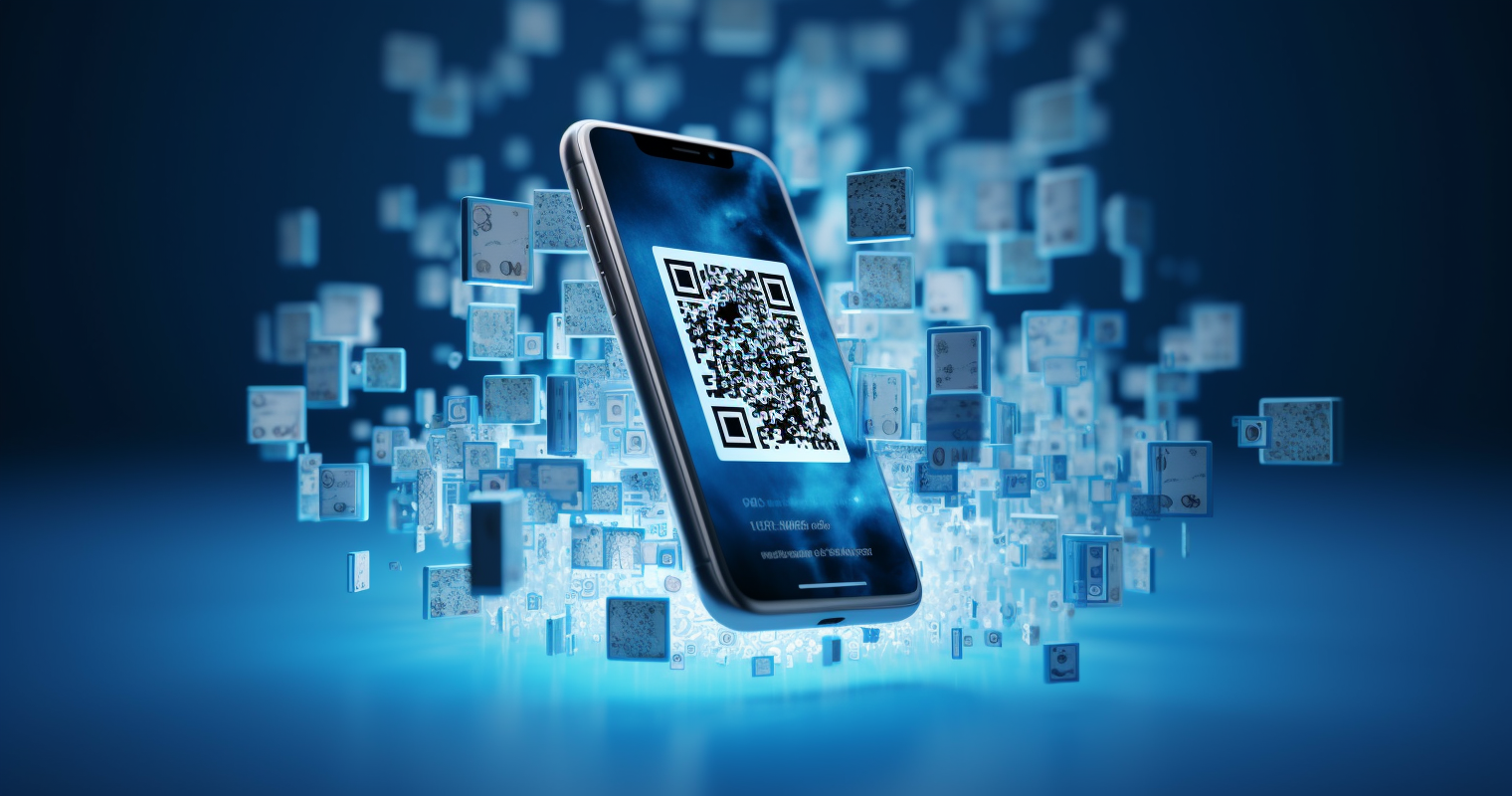A QR code (Quick Response Code) is a two-dimensional pattern that encodes information - usually text, URL or contact details - and can be made readable again using a scanner, often via a smartphone's camera. It was developed in 1994 by the Japanese company Denso Wave and has since become a widely used technology in sales, marketing and information exchange.
How a QR code works
A QR code consists of black squares on a white background arranged in a square grid. The information is encoded in horizontal and vertical axes and can therefore be easily recognized by scanners in any orientation. Unlike the one-dimensional barcode, which can only store a limited amount of data, the two-dimensional structure of the QR code allows for a greater capacity of information.
Application areas of QR codes
QR codes are used in both the B2B and B2C sectors. Some examples are:
- Marketing and advertising: As part of print or online advertising, QR codes can lead customers to further information, landing pages or social media profiles.
- Payment systems: QR codes can be used for mobile payment systems by taking the user directly to the payment page or encrypting banking information.
- Events and ticketing: QR codes can be printed on tickets and enable quick check-in at events.
- Product packaging: QR codes on products can provide consumers with additional information about ingredients, manufacturing or preparation tips.
Advantages of QR codes in online marketing
For companies, the use of QR codes in online marketing offers several advantages:
- Ease of implementation: QR codes are easy to generate, inexpensive, and can be placed on a wide variety of materials and media.
- Ease of use: Most smartphones and tablets have a QR code scanner function, so accessing information is quick and easy.
- Traceability: By using QR codes in marketing campaigns, companies can analyze the effectiveness of their efforts and potentially make adjustments to achieve better results.




